Hey! Let’s talk about hay. On our farm, we are constantly working with hay — either making hay or feeding hay. Quality hay is essential to raising healthy cattle and quality grass fed beef. Here’s all you need to know about hay, how we make it, and why it’s so important to any cattle farm.
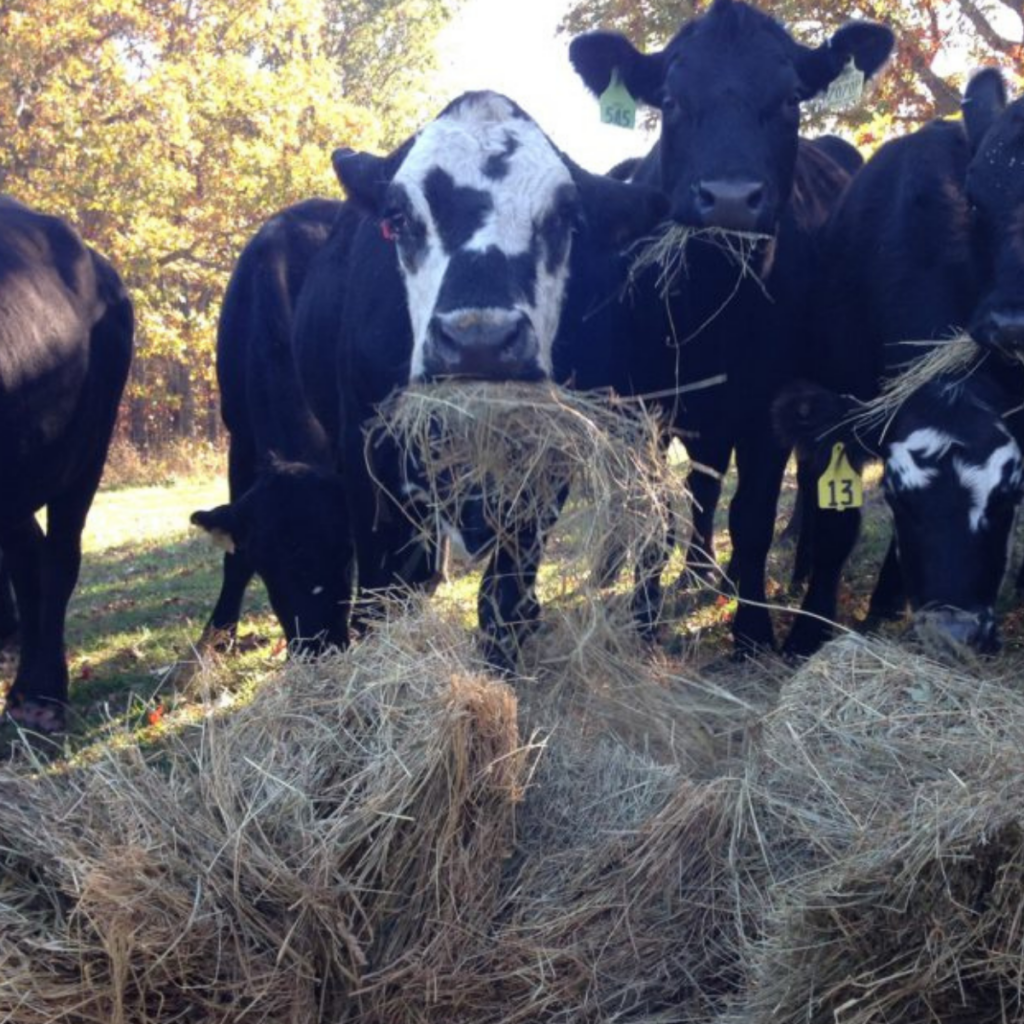
Hey! Let’s talk about hay! Have you ever thought about hay? Probably not, but it’s something we think about often since our cattle rely on it for nutrition for half the year, from late fall through the winter to early spring.
On our farm, we are constantly working with hay — either making or feeding it. Without quality hay, you can’t have quality beef. Here’s all you need to know about hay and why it’s important.
Jump to:
What is hay?
Hay is dried grass. It is used to feed animals.
On average, one cow will eat five bales during a typical winter. A typical bale weighs about 600 lbs. That means we make a lot of hay so that our cattle have plenty to eat year-round.
Why is hay important?
Just like people, cattle need a complete and balanced diet in order to be healthy. They get the majority of these nutrients from grass. The goal of haymaking is to capture the nutrients in grass in a storable form to make them available as a forage feed in the winter months.
In the summer when the grass is lush and green, they can eat grass from the field. However, from about December to early spring, the grass is dead, which means it has little nutrients. Plus, they often can’t get to it because it’s covered with snow. That’s when we feed hay.
What nutrients does grass have?
Grass is surprisingly complex. In fact, there are college courses and agriculture industries devoted to studying the complexities of grass and the best way to harvest it for livestock. We’re only going to give a high-level overview here, but when we harvest hay we want it to have the highest nutrient value possible.
An ideal pasture has a mixed type of grass and legumes, which is plants like clover, lentils, alfalfa and beans. Legumes have higher protein level than most grass and may stay greener after some of the pasture grasses mature and lose nutrient quality.
Our pastures have several different types of grasses and legumes, including an abundance of clover. One of the many reasons our business is named “Clover Meadows Beef” is because of the clover in our fields.
In general, pasture grasses have two stages of growth—vegetative (spring growth) and mature (mid-to-late summer). Usually, the nutrient content is highest during the spring when there is new growth, good temperatures and rainfall. Mature or dormant grass in late fall and winter has much lower energy and protein content and overall digestibility when compared to a spring pasture.
For example, when we have a wet winter and spring, we know that will increase the soil moisture level. This in turn means better grass for the livestock to eat during the spring and summer. It also means we will usually be able to make more hay per field, which we will use during the upcoming winter.
Whether or not the grass has lots of nutrients or not will also affect the beef a little. If there are lots of nutrients, like in spring grass, cows will convert the extra nutrients to fat. Conversely, if there are less nutrients in the grass, like dormant fall grass, cows use all of the nutrients immediately.
What is the process of making hay?
A really basic overview of the process is that we mow the green grass and let it dry in the field. Once dry, it’s bundled into round or square bales, which we later use to feed our cattle.
This may sound simple, but the actual process is much more complicated and time consuming. There are numerous steps and it takes months for us to finish the process.
Here’s a glimpse of what it’s like on our farm:
Step 1 – We drive through the fields and cut the grass with a mower. We use what’s called a mower-conditioner. A hay conditioner speeds the drying process by crimping and crushing the grass after it is cut to promote faster and more even drying.
Step 2 – Once we cut hay (i.e. grass), it dries on the ground for several days. The reason for this is it requires a period of drying time so that the hay doesn’t get baled with a high moisture content, which can cause it to mold or spoil.

Step 3 – Once the grass is dried, we rake it into mounded rows, called windrows. As you can see, they’re in perfectly straight lines.
Step 4 – We drive over each of the windrows, and our baler picks up the dried grass and binds it together in large round bales. Join us in the tractor and we’ll show you what it’s like cutting hay.
Here’s another video that shows making a bale of hay from outside the tractor.
Here’s what one of our fields looks like when it’s all baled. It’s beautiful!
When one field is done, we will pick up all the bales and store them in large barns. Then, we go on to the next field and start the process again.
Storing hay
After making hundreds of hay bales, we go back through each field and pick them up. Each bale weighs 600+ lbs, so it requires a tractor to load them on a trailer. Then, they’re stored in a barn until we’re ready to feed them to our cattle.
Second cutting of hay in the fall
So, what do we do when we’re all done with all our fields? It depends. If it’s a really good year for grass, we will often have a second cutting, which means we repeat the process above.
Feeding hay to cattle
Our cattle love hay. They will often follow the tractor when they see it bale coming. Watch as we take them some hay in the spring.
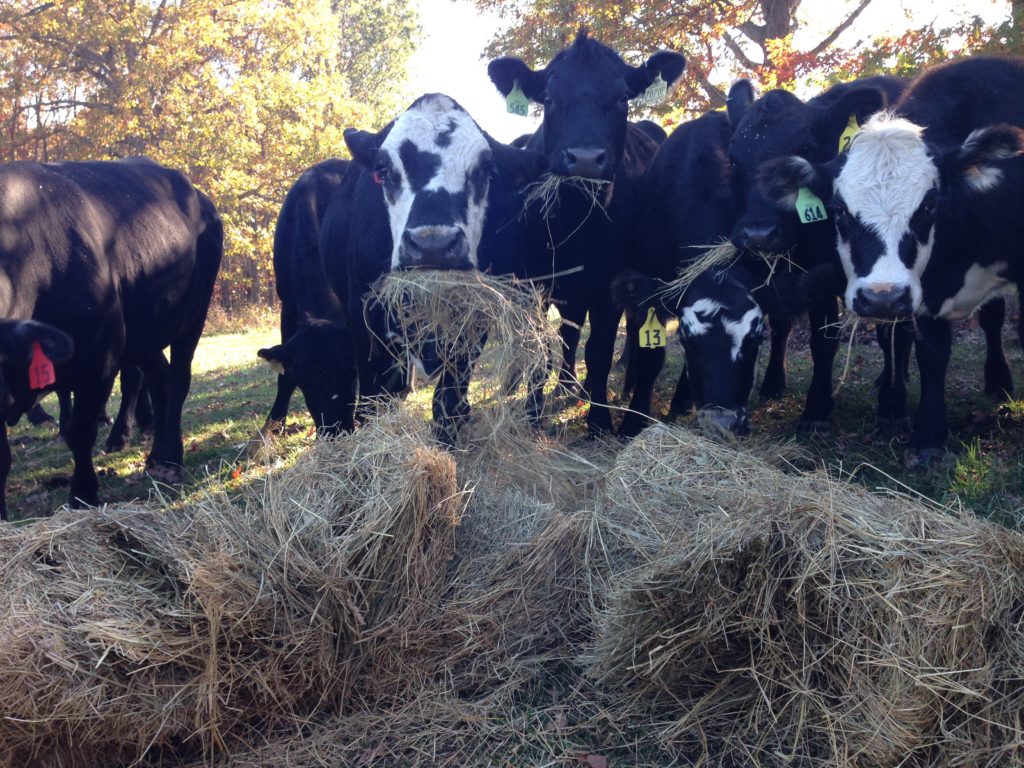
“Making hay while the sun shines”
Have you ever heard the phrase, “making hay while the sun shines”? It’s an old proverb that essentially means to make the most of every opportunity, and get things done when the conditions are favorable.
This phrase is so true. Weather conditions plays a huge part in all we do. We’re constantly watching the weather for the optimal time to cut, rake and bale hay. If there’s a large rainstorm coming, we delay cutting the hay until we know the grass and field are dry. We don’t want to have grass lying on the ground that we can’t bale right away.
Earliest farming methods
Agriculture is always innovating. Thankfully, this process has improved dramatically over the years. Here’s a photo of Matt’s great-great-great-grandfather making hay. Believe it or not, everything was done by hand until the early 1800s. They would cut it and rake it into stacks.
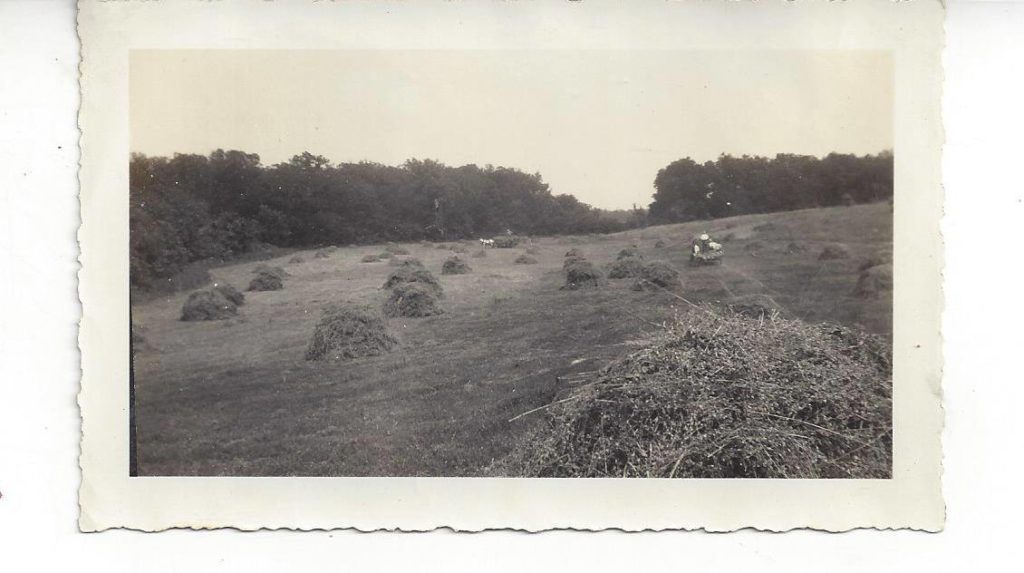
Then, they used to use pitchforks to load all the hay onto horse-drawn carts. They didn’t have a way to bind it into bales so loose hay was taken to a specific area for storage and built into a haystack. Can you imagine finding a needle in one of those haystacks?!
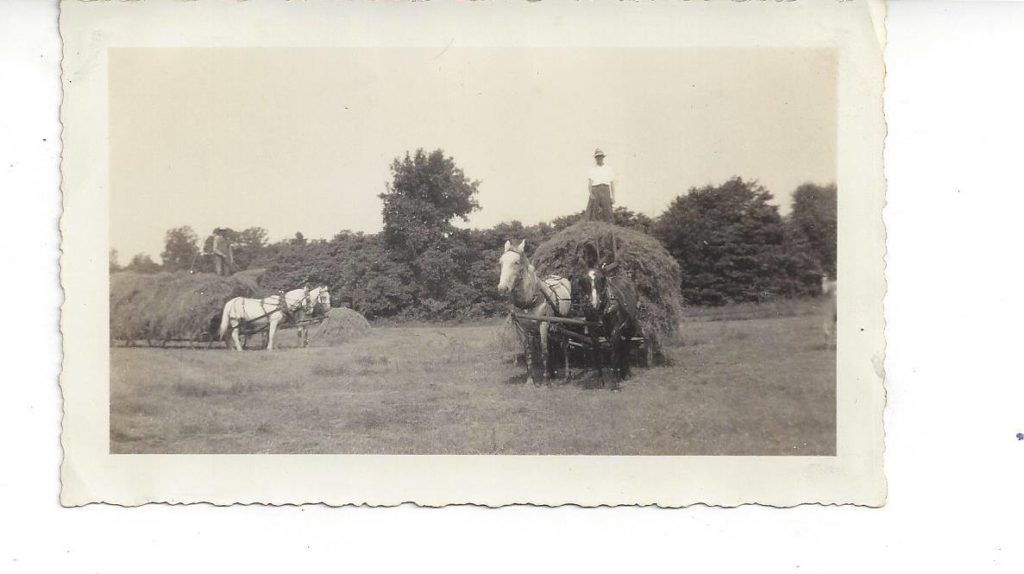
One More Thing!
Do you want to learn more about beef? Join our weekly e-newsletter where we share farm happenings, recipes and beef availability. Sign-up and get a cheat sheet with 9-must-ask questions before buying beef directly from a farmer. Or, we have an entire ebook about beef that goes through purchasing and preparing beef from a cattle farmer’s perspective.
Here are a few other links you may like:
- Do Cows Have Teeth? Can They Bite You?
- What’s the Difference Between a Steer vs Bull? Cow vs Heifer?
- 27 Amazing Facts About Cows That Will Impress Your Friends
- One Pan BBQ Beef Short Ribs
- Easy Carne Asada Street Tacos
- 7 Steps to Grilling a Steak to Perfection
- How We Raise Our Grass Fed Beef
- The Best Farm Books for Kids
Disclosure: This post contains affiliate links. This means if you click on the link and purchase the item, we will receive an affiliate commission at no extra cost to you. All opinions are our own and we only recommend products that we truly believe in
We participate in the Amazon Services LLC Associates Program, an affiliate advertising program designed to provide a means for us to earn fees by linking to Amazon.com and affiliated sites. See our disclosure policy for more details.
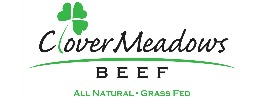


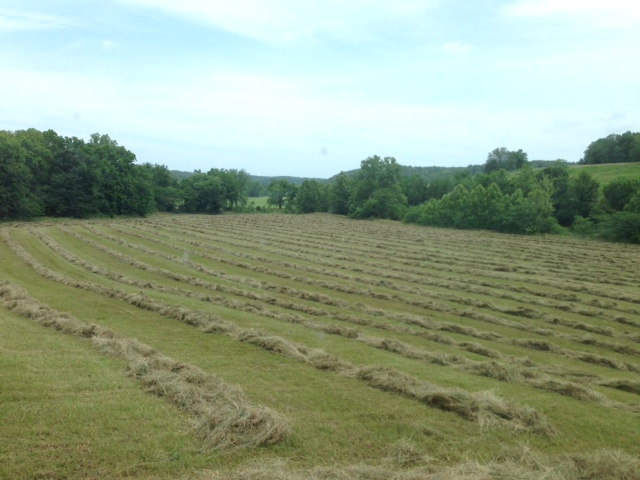
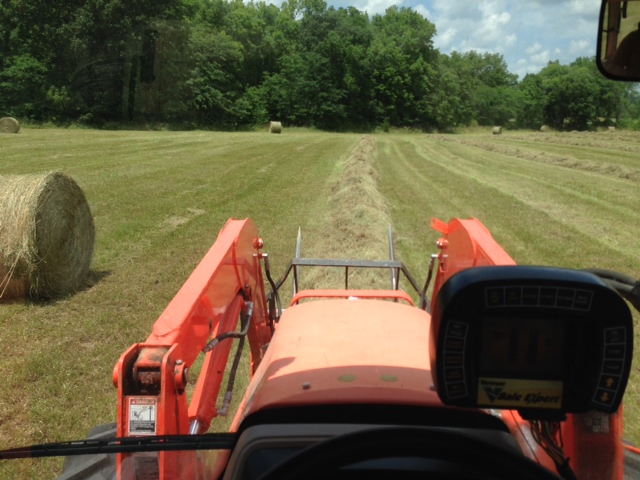

[…] we’ve talked about before, we make hay in the summer and feed it to the cows in the winter so they have plenty of food and don’t have to dig […]